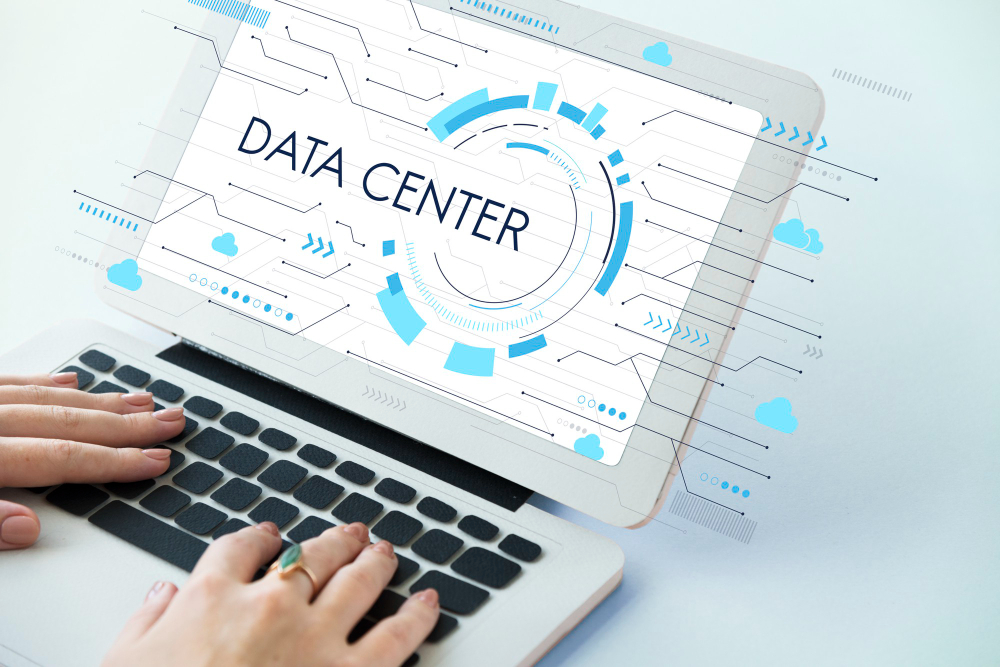In today’s fast-paced digital world, the demand for accurate and actionable data is more crucial than ever. Businesses across industries rely on various data strategies to gain a competitive edge, streamline operations, and boost customer engagement. Among these strategies, data enhancement and data enrichment stand out as critical tools for improving data quality and utility. While they may sound similar, the two processes serve distinct purposes and offer unique benefits. This blog post aims to demystify these concepts, highlighting how each contributes to making data a more valuable asset for organizations.
What is Data Enhancement?
Data enhancement is the process of refining data quality by correcting inaccuracies and adding missing details. It focuses on maximizing the accuracy and reliability of an organization’s data assets. Whether it’s updating old records, rectifying errors, or removing redundancies, data enhancement ensures that the information companies rely on is both current and correct.
For instance, a retail company might use data enhancement to update their customer records, ensuring that contact information is accurate and up-to-date. This can lead to more effective marketing campaigns and improved customer service. Every step in this process builds a stronger foundation, helping businesses make better decisions based on high-quality data. In the context of generating a data integration report, enhanced data means more reliable insights and sharper analytics.
What is Data Enrichment?
On the other hand, data enrichment involves augmenting existing data with additional external information to provide a deeper understanding of the data. This process is about adding context and meaning, transforming basic data into comprehensive intelligence that enables more informed decision-making.
A typical example of data enrichment could be a business integrating demographic information with their customer base to tailor marketing strategies more effectively. By understanding the age, income levels, or buying behaviors of their customers, businesses can craft personalized experiences that resonate with their target audience. Data enrichment is vital for a robust data integration report as it enriches the core data with external insights, enhancing the overall depth of the analysis.
Key Differences Between Data Enhancement and Data Enrichment
Understanding the differences between data enhancement and data enrichment is crucial for businesses looking to leverage their data effectively:
- Purpose and Focus: Data enhancement is primarily concerned with the accuracy and quality of existing data. It focuses on cleaning and updating records. Data enrichment, meanwhile, aims to append new data from additional sources, broadening the context and usefulness of the data.
- Process: Enhancement involves processes like de-duplication, validation, and correction of existing data sets. Enrichment, conversely, is about sourcing additional data that complements the existing data sets.
- Outcome: The outcome of data enhancement is a cleaner, more accurate database, while data enrichment results in a richer database with expanded insights and increased potential for strategic use.
Both processes are integral to creating a comprehensive data integration report, which provides a holistic view of the organization’s data and its potential applications.
Transitioning Between Data Enhancement and Data Enrichment
Implementing data enhancement and data enrichment in tandem can dramatically increase the value of data. First, data is cleaned and updated through enhancement processes. Once the data meets quality standards, enrichment processes integrate additional relevant data, elevating the basic data into strategic intelligence. This sequential approach ensures that businesses not only have access to accurate data but also to a broader perspective that supports strategic decisions.
Best Practices for Data Enhancement and Data Enrichment
To effectively implement data enhancement and data enrichment, organizations should follow these best practices:
- Regularly update and clean data: Continually apply data enhancement techniques to maintain the accuracy and relevance of data.
- Choose relevant data sources for enrichment: Identify external data sources that align with business objectives and will provide meaningful insights when merged with existing data.
- Focus on data quality: Use advanced tools and technologies to ensure both enhanced and enriched data are of high quality.
- Integrate both processes into data management strategies: Embed data enhancement and enrichment into the routine data management workflows to maintain an ongoing cycle of improvement.
Conclusion
Data enhancement and data enrichment are essential components of modern data management strategies. While they serve different purposes—enhancement improving data quality and enrichment expanding data context—both are crucial for transforming raw data into powerful business insights. By understanding and applying both processes effectively, organizations can ensure their data not only supports current operational needs but also drives future growth and innovation. Embracing these techniques will not only improve the quality of your data integration report but also bolster your business’s overall data-driven strategy.



